- Note 1:A business that provides various services to electric power companies (General power transmission and distribution companies, retail power companies, renewable energy power generation companies, etc.) and customers by utilizing the mechanism of demand response (DR), which controls energy resources and adjusts demand, and VPP technology
- Note 2:A system in which dispersed energy resources, such as production facilities and private power generation facilities owned by companies and municipalities, are connected and controlled in an integrated manner to function like a single power plant. This is also known as a virtual power plant.
Digital Annealer in Action! Joint research program involving robotics and energy Waseda University and Fujitsu talk about their collaboration.
Japanese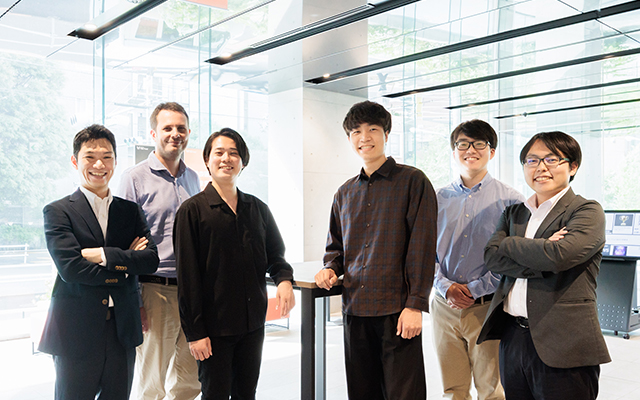
Fujitsu's Quantum Inspired Technology "Digital Annealer", which can solve combinatorial optimization problems at high speed, has already achieved many results in various fields such as materials science, energy, and digital marketing. Against this backdrop, Waseda University and Fujitsu jointly established an Innovation Lab called the "Fujitsu Co-Creation Research Laboratory at Waseda University" in order to pioneer new application fields of this technology. In this interview, Professor Takuya Otani, Professor Akira Yoshida, and graduate students Koki Masaya and Yusuke Shiga, together with Research Manager Matthieu Parizy of Fujitsu, and Researcher Yuichi Ishida of Waseda University, shared their views on the joint research to date.
Published on August 15, 2022
-
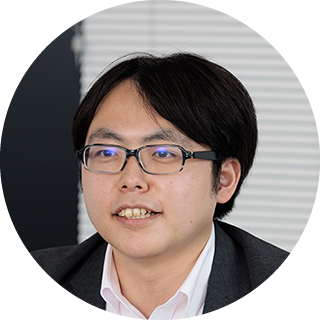
Takuya Otani
Junior Researcher (Assistant Professor)
Waseda Research Institute for Science and Engineering
WASEDA University -
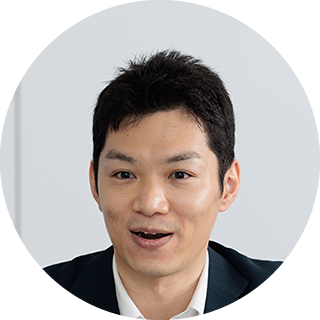
Akira Yoshida
Junior Researcher (Assistant Professor)
Research Institute for Power and Energy Systems
Advanced Collaborative Research Organization for Smart Society (ACROSS)
WASEDA University -
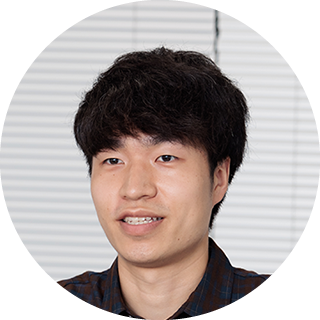
Koki Masaya
Graduate School of Creative Science and Engineering
Faculty of Science and Engineering
WASEDA University -
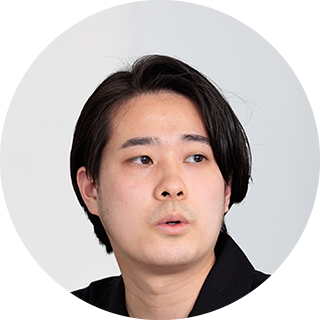
Yusuke Shiga
Graduate School of Fundamental Science and Engineering
Faculty of Science and Engineering
WASEDA University
-

Matthieu Parizy
Research Manager
Optimization Technology Project
Quantum Laboratory
Research Unit
Fujitsu Limited -
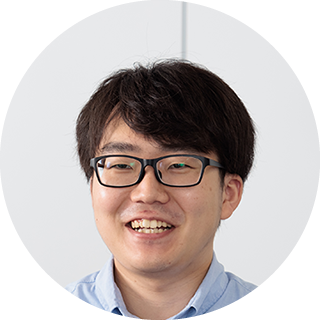
Yuichi Ishida
Optimization Technology Project
Quantum Laboratory
Research Unit
Fujitsu Limited
Solving Social Issues
Introducing the research fields and detailing and detailing Waseda University’s specialist focus.
I am involved in research on the energy resource aggregation business (ERAB) (Note 1) and on the development of virtual power plants (VPP) (Note 2) necessary to realize it. As an engineer, I work with socioeconomics professors on interdisciplinary research to develop new technologies and promote their use in society. Waseda University, with its extensive range of disciplines, has a major advantage in that it can create new value to solve social issues extremely flexibly. At the same time, it can appropriately combine each field’s specialist technologies and methodologies with support from industries where many former university graduates are active.
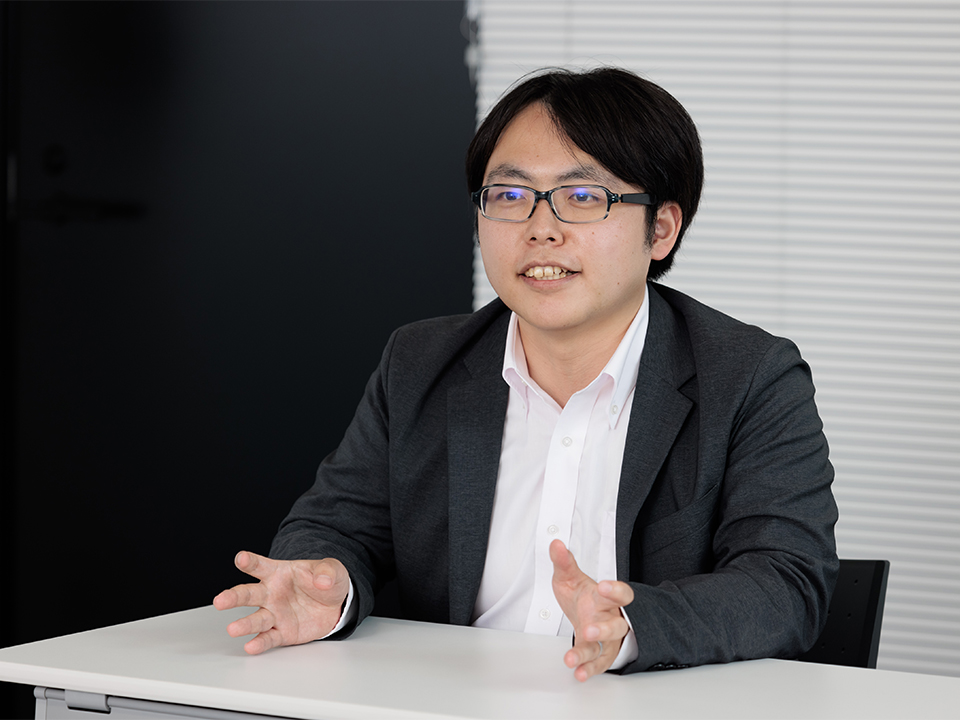
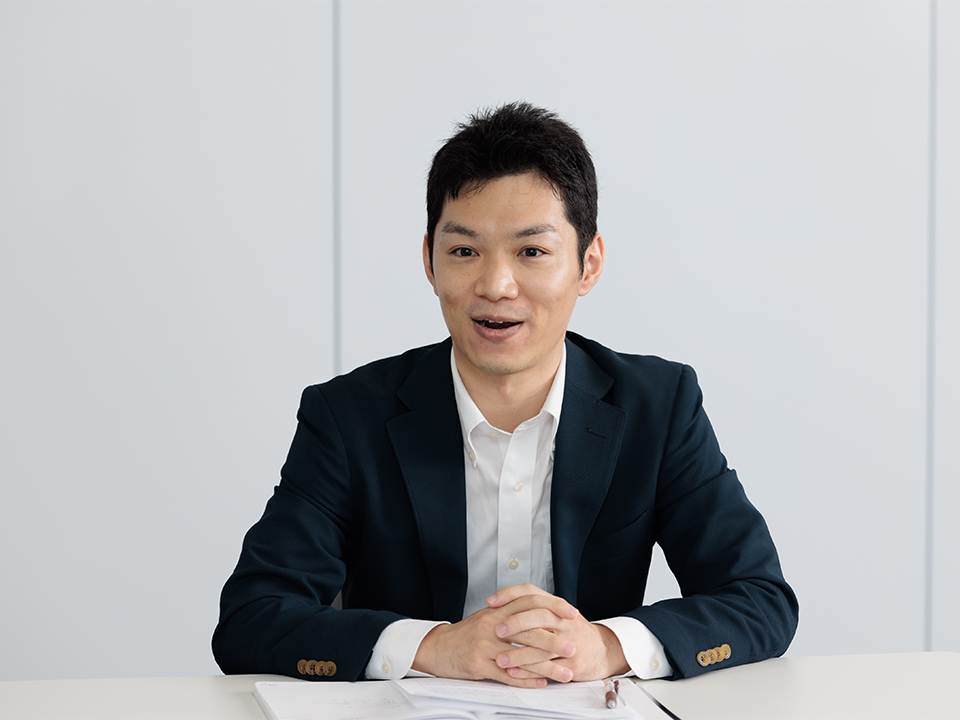
The background to the Digital Annealer joint research and expectations. Our interviewees present an overview of each research topic.
The main goal of humanoid robot research is to enable robots’ movements to resemble that of humans more closely. However, many elements of current robot movements and stability during motion are inferior to humans, and it will take some time before the robot can autonomously make decisions and control them.
One of our research themes is to allow humans to remotely control robots. However, robots and human bodies are very different in structure. Today's robots look more like humans, but there are many differences, such as the number of joints and the length of the arms. When you try to control a robot with your own senses, you often encounter problems with the result that you cannot move naturally. The gap between the human senses and the actual movement of the robot has been fine-tuned by training, but there are still many issues to resolve. I applied for the joint research, because I thought that Digital Annealer could help solve this problem.
My research theme is to develop methods for controlling the operation of energy resources with the goal of achieving carbon neutrality by 2050. For example, the ratio of renewable energy in TEPCO's service area is about 40% at its peak. However, the stable supply of electricity becomes difficult if the supply of electricity from solar power generation decreases due to bad weather, and the requirement for alternative fuel procurement such oil, coal, or LNG, etc. increases. Therefore, we are conducting research to realize the automatic control of these processes by combining OT (operation technology) and IT, and to speed up operational decision making.
As the current electricity market rules require a minimum bid of one megawatt, it is necessary to collect at least one megawatt from customers' power generation facilities. However, the amount of electricity that can be obtained from solar power generation facilities in ordinary households is at most 1 kW. This means that it is necessary to bundle 1000 households and optimize them at high speed in order to meet the criteria. While working on these challenges, I applied for the joint research, because I realized that Digital Annealer could optimize large-scale combinatorial problems at high speed.
Digital Annealer is a technology that embodies Fujitsu's purpose, "Creating trust in society through innovation and making the world more sustainable" I think Digital Annealer is like an instrument. In other words, just as any musical instrument, no matter how good it is, it cannot produce beautiful music without the performance of a professional musician, Digital Annealer can only show its true potential through the use of researchers who have excellent research themes and ideas.
Waseda University and Fujitsu signed a comprehensive cooperation agreement in 2018 to promote joint research in Digital Annealer. In fiscal 2019, JOGMEC began joint research by public invitation. In fiscal 2021, we selected Professor Otani's research on robots and Professor Yoshida's research on energy conservation, both of which are highly appropriate research themes for Digital Annealer.
Making a breakthrough in research through the use of online technology
“How did you conduct research utilizing Digital Annealer in the midst of the coronavirus disaster?”
When operating a humanoid robot, the operator recognizes the robot’s physical deviation between the robot and human from visual information and provides the appropriate motion instructions. This process needs training with the robot in order to operate it. We are using Digital Annealer to optimize the parameters used to compensate for human operators and to compensate for errors in robot motion.
In fiscal 2020, we were unable to go to university due to the coronavirus, and our research was periodically interrupted. However, since we started joint research in fiscal 2021, we have been able to remotely use Digital Annealer on the cloud as long as our computers are connected to the network, so the joint research has been able to proceed smoothly.
Professor Otani is conducting research by optimizing parameters using Digital Annealer, and I apply the parameters obtained to the robot operation. The robot control activity involves 4 ~ 5 team members, including some who are indirectly involved.
We are researching processes, but in order to optimize energy supply and demand, it is important to understand the mechanism itself. This involves actually touching and understanding various energy devices and equipment, such as refrigerators, water heaters, and storage batteries, and then incorporating how energy is consumed into a physical model. The value of energized objects varies greatly depending on how they are moved, so you need to go to the site to check the accuracy and quality of the optimization model.
Due to the novel coronavirus, the amount of time spent on these areas was limited. On the other hand, by utilizing Digital Annealer, the calculation time of the analysis process for solving optimization problems, such as assigning constraint expressions to objective functions and using the Lagrangian undetermined multiplier method (Note 3), has been dramatically reduced, and the process is proceeding with incredible efficiency improvements.
My responsibility was to use Digital Annealer to solve the operation planning problem of the water distribution plant that Professor Yoshida is working on as a research theme. The model itself was made by Professor Yoshida, who helped adjust the parameters when solving the problem in Digital Annealer. Since the start of this fiscal year, we are also working on controlling district heating and cooling plants, designing an easy-to-use model to assist Professor Yoshida.
Before Covid-19, we were able to support the use of Digital Annealer with normal communications. Technical exchange meetings were held regularly between the Waseda University team and Fujitsu developers, to discuss specific issues, as well as individual technical discussions and personnel exchanges. During the past two years, we have had to change this approach, conducting joint research via online meetings and exchanging e-mails.
In the future, when the situation settles down, I would like to create a place for real communication where we can share information in a relaxed, more casual way like before. You can often pick up hints from chatting, and it can be a place to connect laboratories across multi-disciplinary activities.
- Note 3:Mathematical approach to maximizing the value of a function under certain constraints
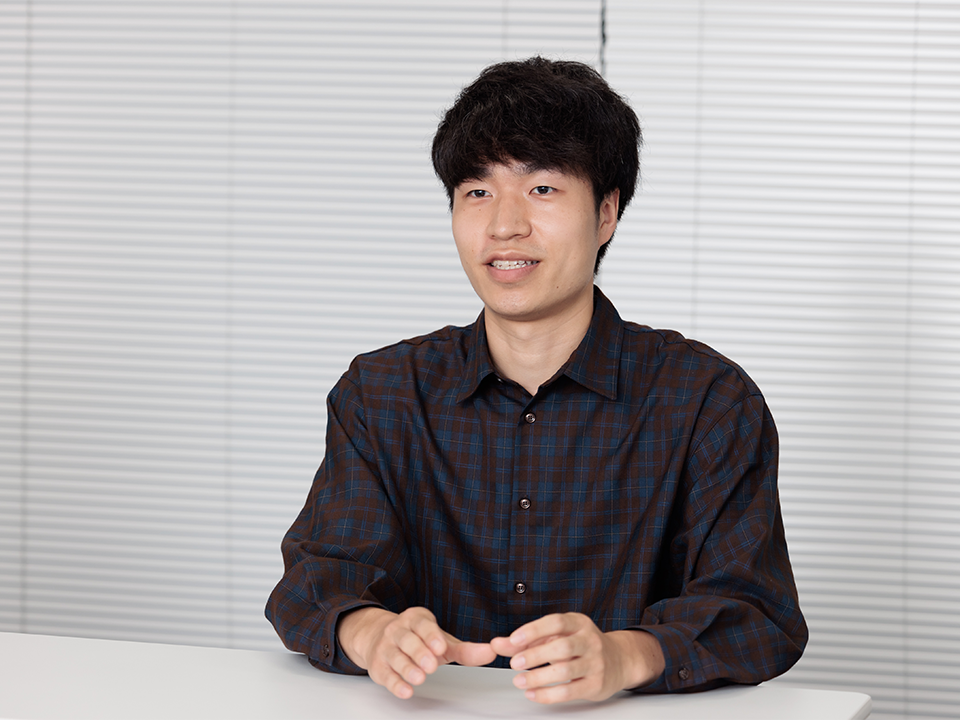

Automating huge amounts of processing that had to be simplified to improve accuracy
How did your research progress by actually using Digital Annealer?
In the field of robots, optimization problems have been solved in the past, but there is a big difference in scale between industrial robots in factories and humanoid robots. For example, industrial robots have at least 3 joints, but humanoid robots have as many as 20 ~ 30 joints, and we have to solve complex optimization problems for humanoid robots operation. This has forced us to simplify the model considerably. However, with Digital Annealer, we can solve complex optimization problems and as a result, are able to move robots much closer to humans.
A classic optimization problem in the energy domain is the hierarchical structure of design problems and operational plans. As the interaction between these layers must also be taken into account, it is necessary sequentially to determine parameters for multiple machines by solving the operation plan. You also have to evaluate which of the many available algorithms is the best. This enormous amount of processing can be entrusted to Digital Annealer, which is very useful for the generalization and horizontal deployment of the technologies related to the research themes we are working on.
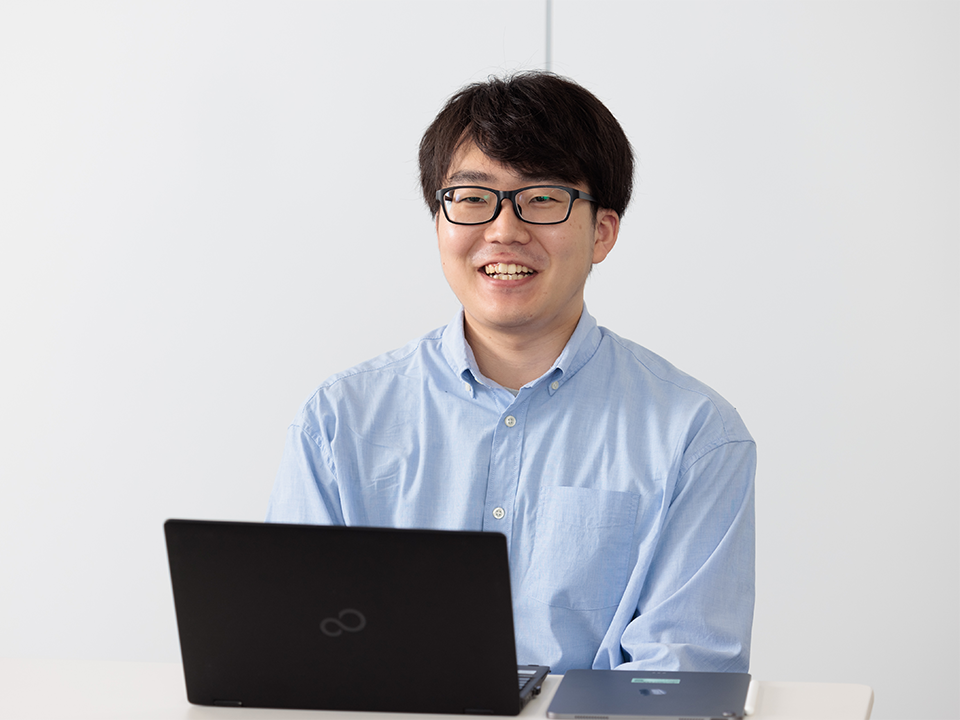

Digital Annealer will become a socially important technology
To conclude the interview, we asked the team about the kind of research they would like to pursue in the future to contribute to society, together with their expectations from Fujitsu.
I think that using Digital Annealer to control robots will be an important technology in a future society where it is common to control robots and virtual avatars like a part of one's body. Although the field of robot operation is quite wide and the number of researchers is increasing, there is considerable commonality in terms of the problems we all encounter. Hence it is very useful to be able to show how to solve the problems by applying Digital Annealer to them. I believe that my research is the first case in which Digital Annealer is used in the field of robotics itself, and not only in the field of tele-operation. So we would like to continue our joint research in order to provide essential knowledge about how to utilize technologies like Digital Annealer in the field of robotics.
Although joint research with companies has already been conducted in other laboratories at Waseda University, it is valuable as a student to be able to participate in research using advanced tools such as Digital Annealer. I hope that Fujitsu will continue to provide such an environment for students like myself.
In my research, I would like to contribute to the realization of carbon neutrality in 2050 by displaying the status of energy supply and demand on the digital twin (Note 4), making appropriate decisions through model-based optimization derived from a real understanding of the current situation. In order to realize this ambitious effort, we will identify and abstract all energy issues, build an optimization model for the design, operation, and control functions using Digital Annealer, and develop this horizontally.
My first experience with Digital Annealer involved the second generation version, and there was a limit in the optimization calculation including the constraint equation. The third generation of Digital Annealer solved this problem and it became very easy to use, and I was impressed by the performance improvement. I am looking forward to the further evolution of Digital Annealer in the future, underpinned by the dedicated team of researchers who are constantly exploring new ideas and boundaries.
Professor Otani’s and Professor Yoshida's research themes have great ideas and visions. We have developed a system that can be used in a variety of fields, as evidenced by the research fields introduced in this article. At present, Digital Annealer has released the fourth generation of Fujitsu's proprietary large-scale annealing core technology, which has been improved particularly with regard to the convenience of finding fast optimal solutions, and we will continue to improve performance in the future. I am confident that Digital Annealer's contributions to various research fields will lead to the realization of a sustainable society.
- Note 4:Technology that uses IoT and other technologies to collect and digitally reproduce data on real world objects and the environment. To simulate the movement of equipment and facilities mainly in real space on a computer.
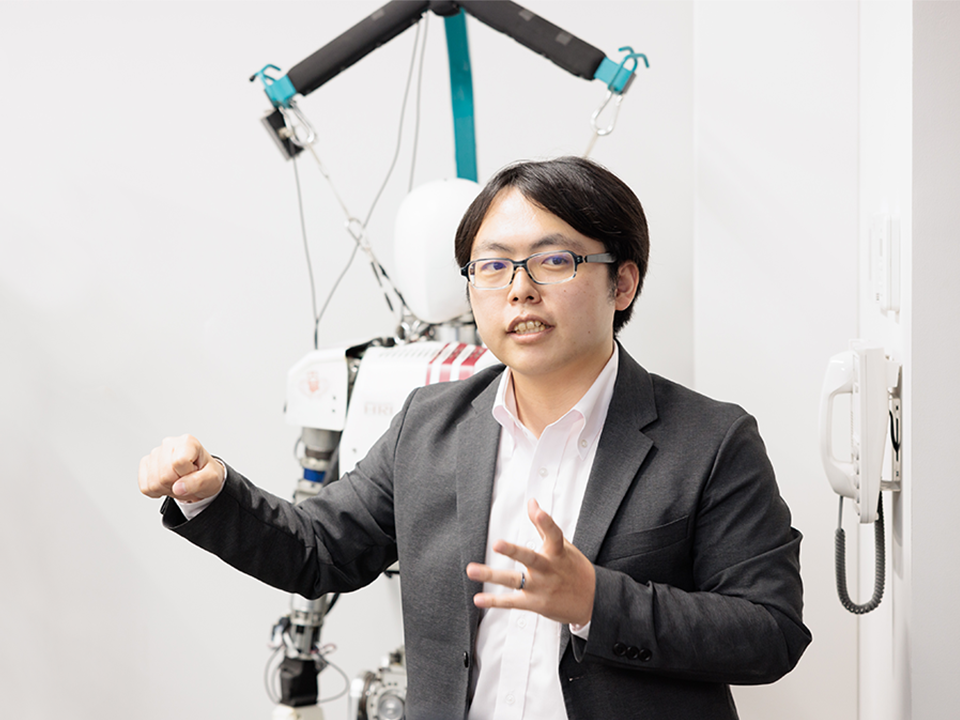
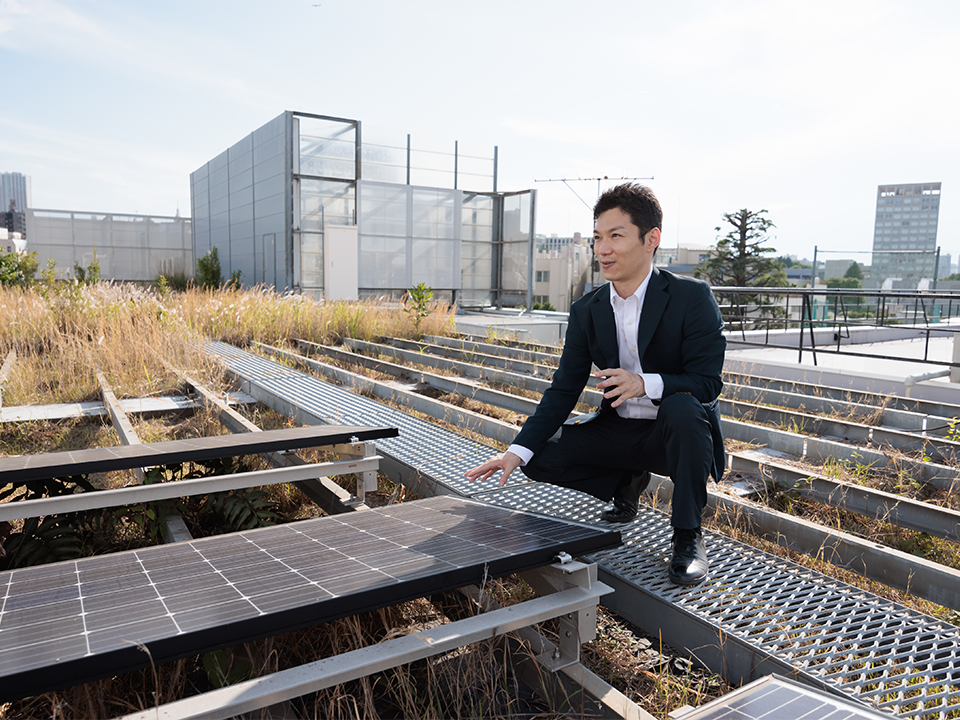
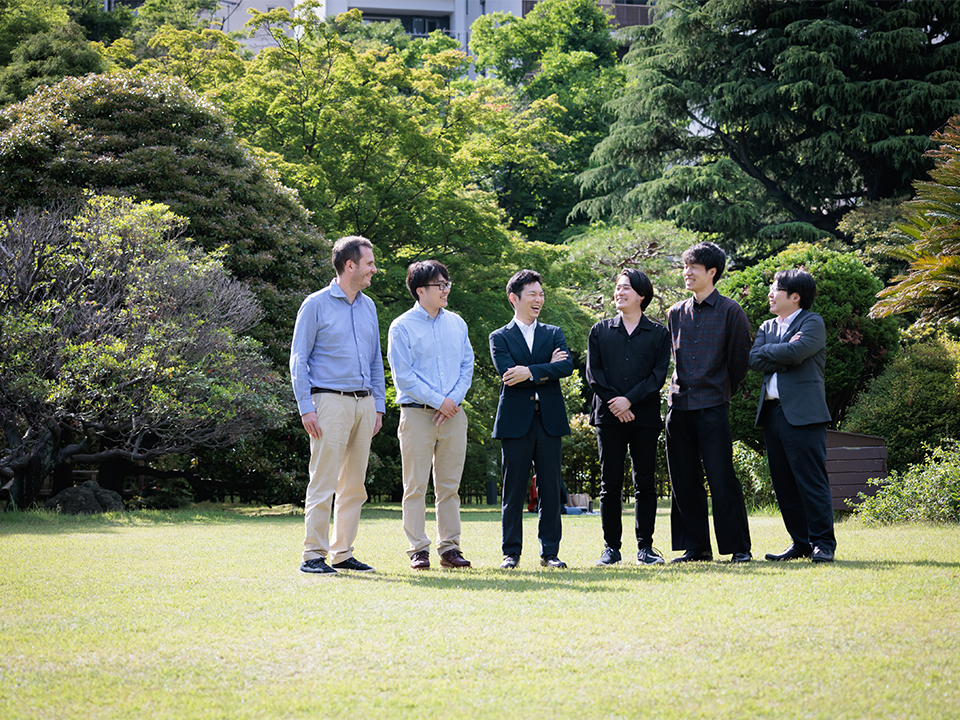
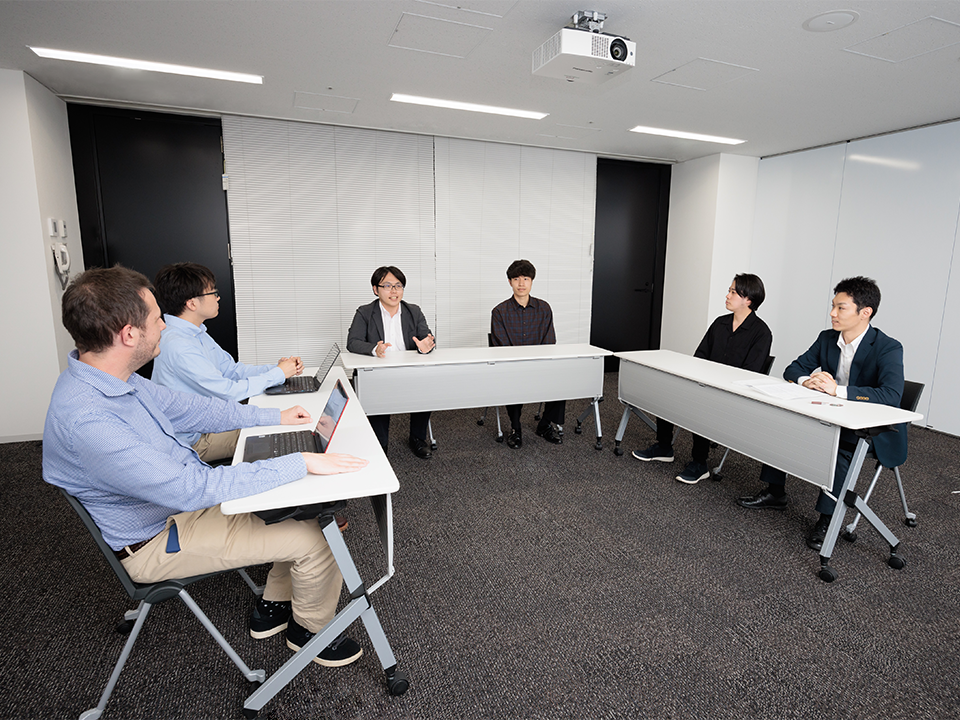
Fujitsu’s Commitment to the Sustainable Development Goals (SDGs)
The Sustainable Development Goals (SDGs) adopted by the United Nations in 2015 represent a set of common goals to be achieved worldwide by 2030. Fujitsu’s purpose — “to make the world more sustainable by building trust in society through innovation” —is a promise to contribute to the vision of a better future empowered by the SDGs.
The goals most relevant to this project
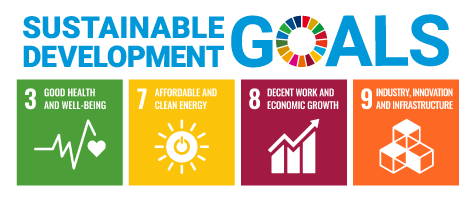

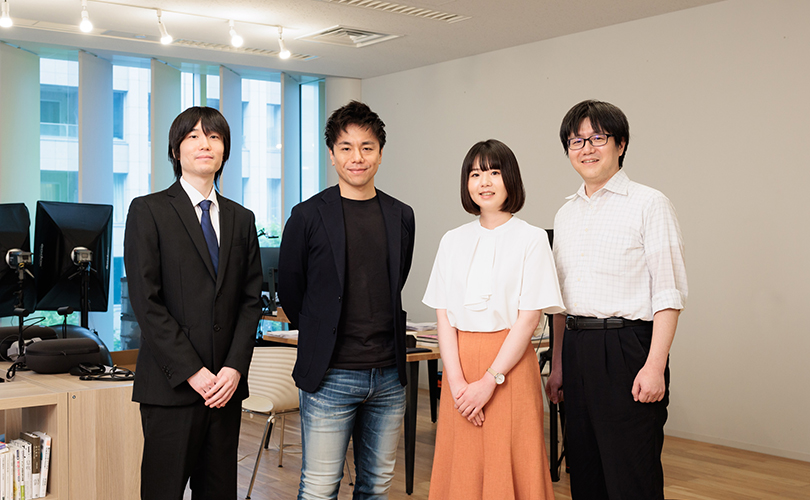



I am involved in research in the field of robotics, working under Prof. Atsuo Takanishi, who took over the research of humanoid robots from Prof. Ichiro Kato, who developed the world's first humanoid robot in 1973. Waseda University has a long history of robotics research, with a wealth of accumulated know-how and a wide range of technologies. The Takanishi Laboratory has particular strengths in both humanoid robots and in hardware. However, rather than conducting robotics research independently, the Laboratory collaborates with other laboratories and companies outside the University to conduct joint research that brings together the strengths of each laboratory such as image analysis.